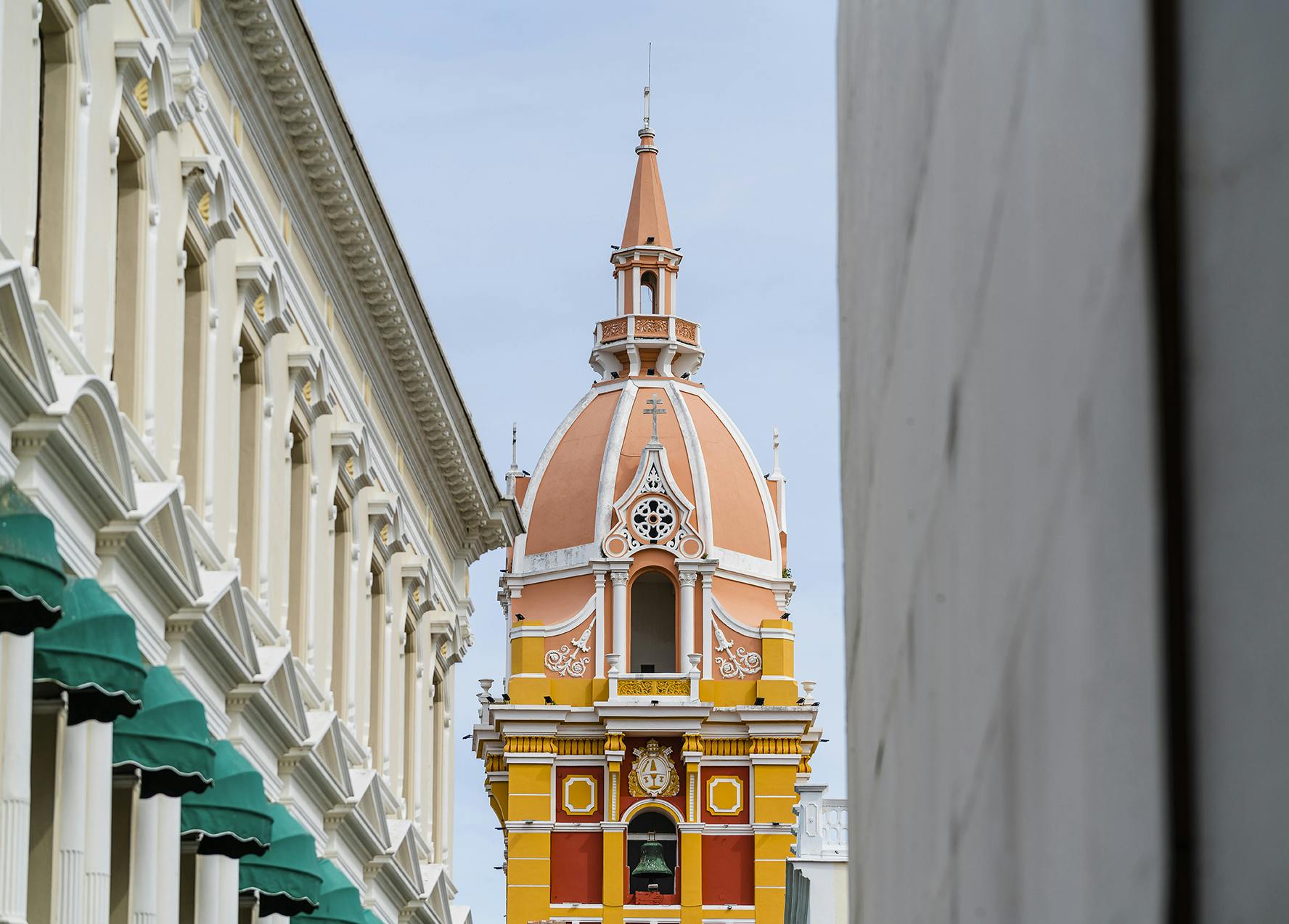Amazing Caribbean Culture: Revealing the Caribbean History and Heritage
Like the brilliantly colored tropical flowers that lace the Caribbean, the culture of the region is woven from the multicolored threads of many European countries.
Ever since the Spanish first arrived in the Caribbean in the late 15th century, successive waves of Europeans — French, English and Dutch — have settled these islands. They brought with them their languages, laws and way of life, leaving a strong impact on Caribbean history. The effects are still seen today, albeit expressed with a unique West Indian twist. Indeed, the colonial heritage blended with indigenous and African traditions and has found a contemporary expression in the region’s cuisine, music, art, architecture, customs and festivals.
Today, the Caribbean embraces that multicultural heritage. You can still experience the European cultural roots in the savory taste of a beef patty in Jamaica, reminiscent of a Cornish pasty; in the dulcet sounds of a Puerto Rican cuatro, the offspring of the Spanish guitar; and in the colonial Dutch architecture of Curaçao’s capital of Willemstad, a candy-colored version of Amsterdam.
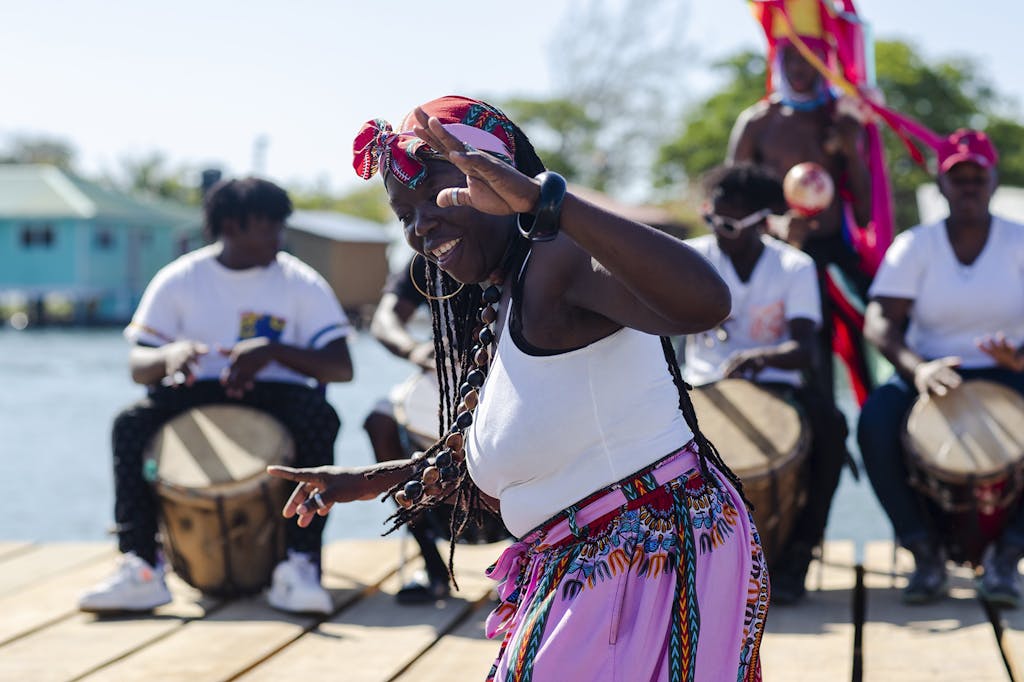
Spanish heritage
As the first colonizing country in the Caribbean, Spain left its imprint early on. That lingering imprint can be seen in the Silversea destinations of San Juan, Puerto Rico; Cartagena, Colombia; and the Colombian island of San Andrés, where Spanish remains the primary language.
As 16th century keystones in the Spanish trade routes, San Juan and Cartagena stand out for their magnificent examples of colonial architecture, from the military to the religious and personal. Don’t miss San Juan’s impressive forts of San Felipe del Morro, San Cristobal and San Juan de la Cruz, and Cartagena’s iconic Castillo de San Felipe, the largest Spanish military structure in the New World. In San Juan, admire the 1540 Cathedral of San Juan Batista, the second-oldest cathedral in the Americas, and the 1532 San Jose Church. In Cartagena, walk the cool reaches of the stone Church of San Pedro Claver or the Cathedral of St. Catherine of Alexandria.
Be sure to stroll the cobblestoned streets of historic Old San Juan — the second-oldest continuously inhabited European city in the Western Hemisphere — with its colonial-era houses, churches and convents, some now reborn as boutiques, restaurants and hotels. And take in Cartagena’s sultry historic center, marked by beautifully ornamented, balconied and arcaded buildings that once housed viceroys and colonists.

Spanish food is evident throughout the former colonies of Spain. Consider the rustic stew adored in Puerto Rico and Colombia called sancocho, which derives from the Spanish dish known as cocido. It’s made with chunks of stewed meat or fish, a hearty broth, and local ingredients like plantains, yucca and corn. Pork, which was introduced by the Spaniards, shows up as Puerto Rico’s signature lechón asado, or roast suckling pig. And where would Puerto Ricans be without sofrito, the essential base of many local dishes, if it weren’t for ingredients originally brought from Europe — black pepper, onion, garlic, cilantro and olive oil — married with local peppers and tomatoes?
Music is an ever-present refrain throughout the Caribbean, pervading everyday life like the breezes off the sea. In Puerto Rico, Spain’s legacy shows up in the use of three-string instruments — the cuatro, tiple and bordonúa — derived directly from the Spanish guitar or guitarrillo. They make up the very traditional Puerto Rican orquesta jíbara, which often plays at parties and social events. In Cartagena restaurants, meanwhile, you can be serenaded by musicians strumming haunting boleros, a music genre invented in 18th century Spain.
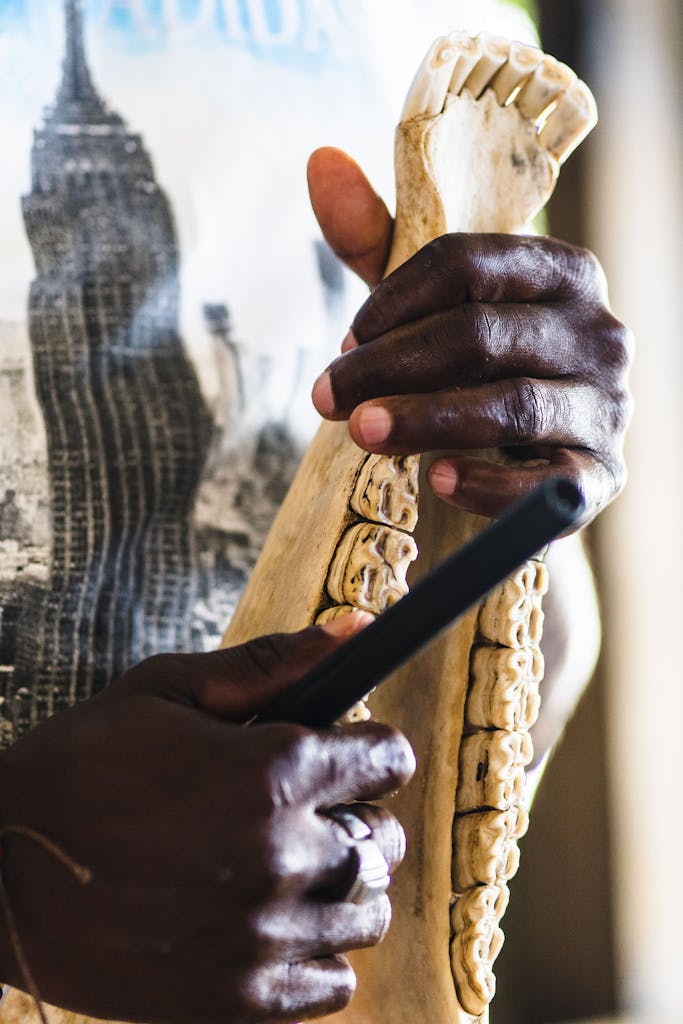
While many islands boast a plethora of festivals, Puerto Rico has more than most. Its strong Catholic heritage is epitomized by its Christmas season, the longest and most fervent in the Caribbean, which extends to Epiphany with the Festival of the Three Kings. And the island never misses a chance to celebrate each village’s patron saint.
French heritage
French customs, culture and language are alive and well in the French West Indies: Martinique, Guadeloupe, St. Barts and French St. Martin are all still part of France. In fact, Martinique and Guadeloupe form overseas departments of France, enjoying the same political status as their counterparts in the mainland. What’s more, the French Caribbean is the only place in the Americas (apart from St. Pierre and Miquelon in the North Atlantic) where the euro is the official currency.
Here, you can experience authentic French joie de vivre and culture without flying to Paris. Nibble freshly baked baguettes from the local boulangeries (bakeries). Stroll the sun-drenched rues of St. Martin or St. Barts to shop for designer fashions, artisanal chocolates and luxury goods straight from France. And embrace your inner Francophile over a café au lait at a breezy seaside café, seemingly transplanted from the Côte d’Azur.
Still, Carib, East Indian and African influences have shaped that French culture along with the tropical climate. Nowhere is that more enticing than in the islands’ standout cuisine — a spicy Creolized version of France’s famous gastronomy. You’re as likely to savor foie gras and coq au vin — paired with a primo French wine, of course — as boudin noir (blood sausage), colombo (curried meat) and crabes farcis (stuffed crab). Try finger-licking Creole street food at open-air food shacks called lolos on St. Martin. Pinch yourself if you’re in Guadeloupe in August, when the island honors its traditional female cooks with their own festival, the Fête des Cuisinières.
Just as much of a cultural blend is the Antillean Creole — a mix of French and African languages, popularly spoken throughout the French islands. Consider Martinique’s native dance music, the biguine, a blend of 19th century French ballroom dance with African rhythms. Or the gingerbread cottages of Guadeloupe and Martinique with their French dormer windows, lacy fretwork and exuberant Caribbean colors.
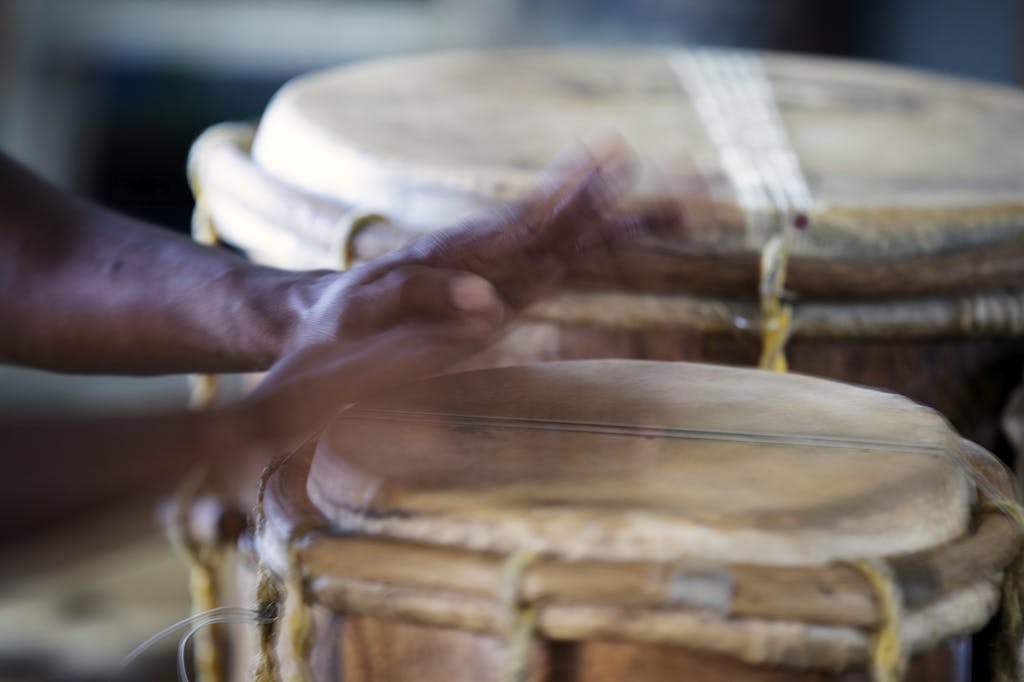
The French are also credited with bringing the revered tradition of Carnival to the Caribbean, as a pre-Lent celebration. Africans added drums, music and dancing to the formal masked costume balls of the French. And voilà, the New World Carnival was born. It eventually spread to almost all the other islands, which today celebrate some form of this exuberant street-theater revelry. Consider yourself lucky if you visit a Caribbean port during Carnival time.
British heritage
Cricket and left-hand driving. The Queen’s English and the parliamentary system. Parish churches and Georgian manor houses. Royal police bands and judges in white powdered wigs — how much more British can you get?
These distinctive features from England help define the many British Commonwealth countries of the Caribbean — which have included Antigua and Barbuda, the Bahamas, Barbados, Dominica, Grenada, Jamaica, St. Kitts and Nevis, St. Lucia and St. Vincent and the Grenadines — as well as the British territories of the British Virgin Islands, Cayman Islands, Montserrat and Turks and Caicos. Since Silversea visits all of these islands on its various itineraries, you can expect to experience some manifestation of this heritage during port stops.
Take Antigua, where the Anglo heritage lives on in Nelson’s Dockyard part of English Harbour, which has protected ships since 1725 when it served a squadron of British vessels patrolling the Caribbean.
Historic plantation great houses dot the tropical landscape on many islands, a legacy of the sugar industry. You can see such grand estates as the Jacobean-style Drax Hall on Barbados, Rose Hall on Jamaica and the Great House in Antigua. Notice how British architecture was adapted to the tropics with wide wraparound verandas, jalousies and sash windows in a nod to the Caribbean climate. Military structures recall Britain’s military might, such as the imposing Brimstone Hill Fortress on St. Kitts, considered the Gibraltar of the Caribbean, and Fort George, the oldest structure on Grenada.
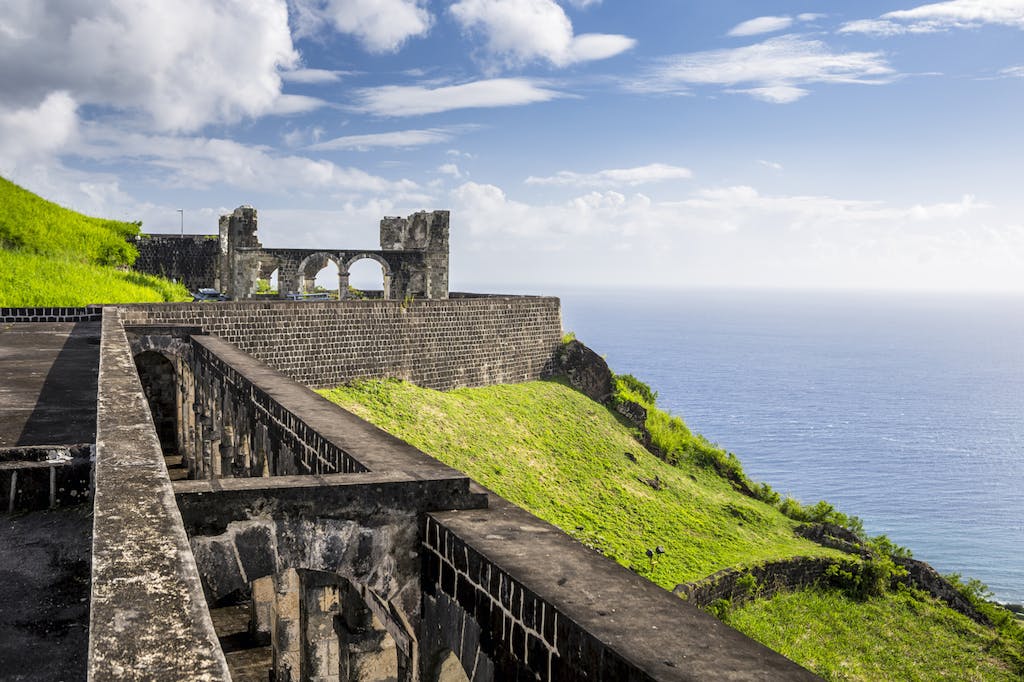
Anglophone customs are woven into the fabric of life in the British West Indies: Locals celebrate Boxing Day by exchanging gifts on the day after Christmas. Cricket can be more religion than sport. And social life centers around the parish church, especially on smaller islands, though with an overlay of African forms of worship.
Nothing transformed the cuisine of the Caribbean as much as dried and salted cod, brought to the islands centuries ago by English ships from the North Atlantic. Today, you can sample it in everything from the Jamaican national dish, ackee and saltfish, to Barbadian codfish cakes to ubiquitous cod fritters, called accras de morue in the French West Indies and bacalaitos in Puerto Rico.
Other British culinary remnants include goat water, a spicy stew made of goat meat and breadfruit on tiny Montserrat, which curiously resembles Mulligan stew. And don’t miss a chance to sip Pusser’s Rum, once the official issue of the British Royal Navy, in a cozy pub on the British Virgin Island of Tortola, where it’s now made.
Dutch heritage
Dutch heritage sits lightly in the independent countries of Curaçao and Aruba, and on St. Maarten (the Dutch side of the dual-governed St. Martin), which are all still part of the Kingdom of the Netherlands. The islands’ currencies do maintain their Dutch roots: On Curaçao and St. Maarten, it’s the Dutch Antillean guilder, while on Aruba, it’s the Aruban florin. But while Dutch remains the administrative and legal language, Aruba and Curaçao are polyglot islands, whose official languages also include English and Papiamento, a unique mashup of Dutch, Spanish, Portuguese and African languages.

Food also tends to be a melting pot of the many cultures that infused these islands, but strong Dutch influences remain. The tangy cheeses of Holland take an island form in the signature keshi yena, a round of Edam cheese stuffed with olives, meat and raisins, and in pastechi, fried pastry filled with cheese (or meat). Erwtensoep, a thick pea soup, also hails from the Netherlands, as does bitterballen (fried meatballs), nicely washed down with an icy Heineken. And from the former Dutch possession of Indonesia come the elaborate rijsttafel (rice table), a spicy buffet with dozens of different side dishes to accompany the rice centerpiece, and the popular satays — marinated grilled strips of pork or chicken served with a curried peanut sauce.
Curaçao’s Dutch vernacular architecture — with its decorative gables, red barrel-tile roofs and wedding cake ornamentation — is a throwback to the old country, while its plantation houses, or landhuizen, are tropical takes on rococo Dutch style. On Aruba, meanwhile, a bit of Dutch history remains in the island’s oldest building, Fort Zoutman, built in 1796.
While the Spanish, French, British and Dutch were the Caribbean’s primary European settlers, other European countries also left their footprint over the centuries. The Danes (and even the Knights of Malta) settled the U.S. Virgin Islands at one point, leaving behind the Danish city names of Christiansted and Frederiksted on St. Croix and Charlotte Amalie on St. Thomas. The Swedes ruled St. Barts for nearly a century, when they re-named the capital Gustavia after King Gustav. And, of course, Portuguese fishermen, farmers and especially merchants roamed the region long ago, adding their own influences to the fascinating multicultural tapestry that is the Caribbean today.
